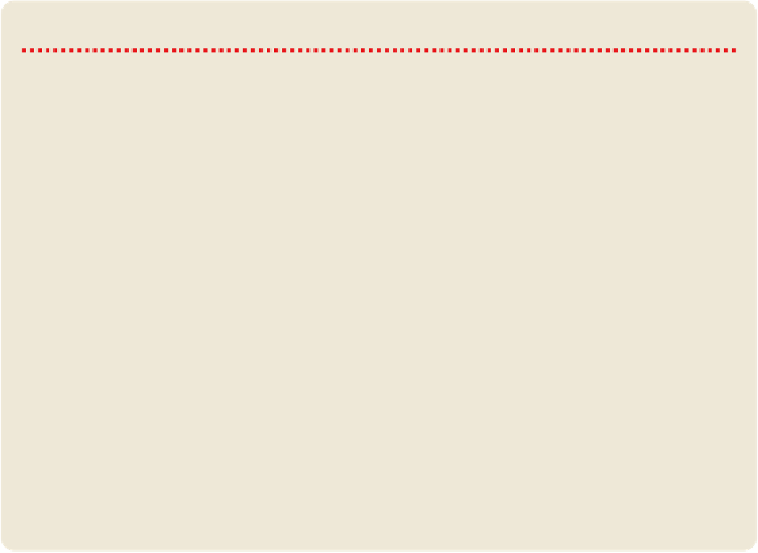Travel Reference
In-Depth Information
RICE POLITICS
Despite its relatively small size, Thailand maintains the world's fifth largest amount of land dedicated to growing
rice, an industry that employs more than half the country's arable land and a significant portion of its population.
Rice is so central to Thai food culture that the most common term for 'eat' is
gin kôw
(literally, 'consume rice')
and one of the most common greetings is
Gin kôw rĕu yang
? (Have you consumed rice yet?). Given these
factors, perhaps it's not surprising that the tiny grain harbours the potential to bring down the country's most
powerful leaders.
Bar the occasional rally by Vietnam, Thailand has been the world's predominate rice exporter for more than 30
years. Perhaps given confidence by this long standing status quo, in 2011 the government led by Prime Minister
Yingluck Shinawatra thought to further ensconce Thailand's reign of rice. They would do this by buying the
country's rice for as much as 76% above market rates and stockpiling it. The rationale was that the world market
would be starved for the grain, driving prices artificially high, at which point Thailand would sell its reserves at a
handsome profit.
A risky economic gamble at best, but Yingluck and her political advisors neglected one significant factor: In-
dia. The country had traditionally not exported much of its rice, having long maintained a policy of self-suffi-
ciency. Yet in a symphony of bad timing for Thailand, in 2011 India abandoned this policy, subsequently dumping
10 million tonnes of rice on the world market. Vietnam, seeing the writing on the wall, correspondingly put its
rice on deep discount. Fast-forward a year and Thailand had fallen to the world's third-largest exporter of rice.
This loss of pride and profit, coupled with the government's inability to swiftly recompense the growers the
promised inflated rates for their rice, led to no small level of discontent.
For opponents of the Yingluck-led government, the rice debacle was the misstep they had been waiting for.
Protesters pounced, taking over parts of central Bangkok and screaming corruption, describing the botched policy
as 'indirect vote buying'. The unpaid bills may also have been the element that made Thailand's rice farmers, tra-
ditionally diehard supporters of Yingluck's Pheu Thai party, reconsider their loyalty.
Curries & Soups
In Thai,
gaang
(it sounds somewhat similar to the English 'gang') is often translated as
'curry', but it actually describes any dish with a lot of liquid and can thus refer to soups
(such as
gaang jèut
) as well as the classic chilli-paste-based curries for which Thai
cuisine is famous. The preparation of the latter begins with a
krêu·ang gaang,
created by
mashing, pounding and grinding an array of fresh ingredients with a stone mortar and
pestle to form an aromatic, extremely pungent-tasting and rather thick paste. Typical in-
gredients in a
krêu·ang gaang
include dried chilli, galangal, lemongrass, Kaffir lime zest,
shallots, garlic, shrimp paste and salt.
Another food celebrity that falls into the soupy category is
đôm yam,
the famous Thai
spicy-and-sour soup. Fuelling the fire beneath
đôm yam
's often velvety surface are fresh
prík kêe nŏo
(tiny chillies) or, alternatively, half a teaspoonful of
nám prík pŏw
(a roasted
chilli paste). Lemongrass, Kaffir lime leaf and lime juice give
đôm yam
its characteristic
tang.

